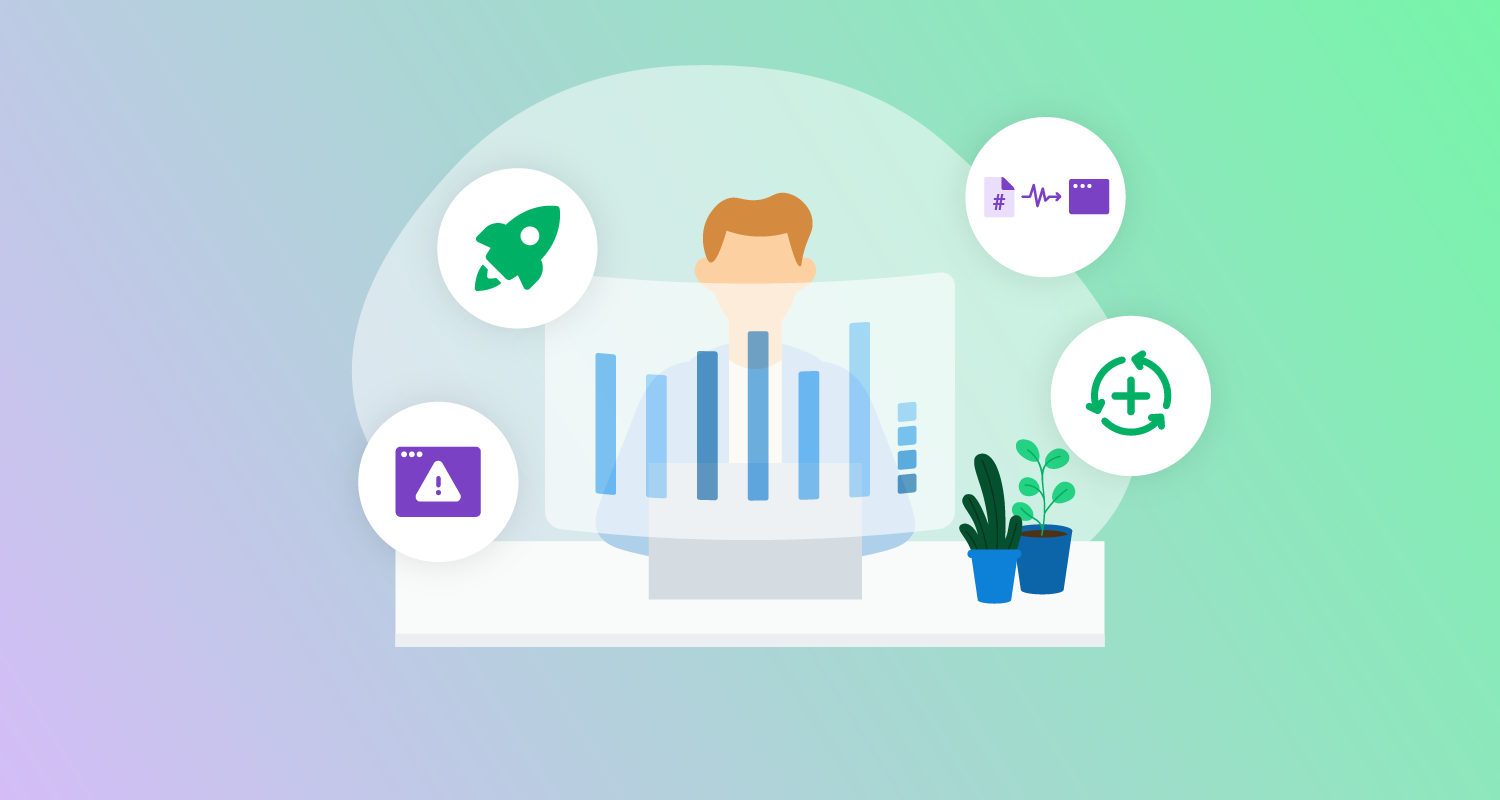What are Platform Engineering tools?
Platform Engineering tools are software solutions that enable teams to build and manage internal developer platforms, simplifying software development processes. These tools help automate various tasks, improve developer productivity, and foster collaboration across teams. Examples include tools for infrastructure as code, containerization, orchestration, CI/CD, and remote development environments.
Unlike traditional tools focused solely on application code, Platform Engineering tools address the underlying platforms—such as cloud environments, containers, networking, and deployment pipelines—that applications depend on for reliability and scalability. These tools standardize how engineering teams provision and manage environments, deploy code, and maintain services.
Benefits of using Platform Engineering tools include:
- Increased developer productivity: Automation of repetitive tasks, simplified workflows, and simplified environments enable developers to focus on code development rather than managing infrastructure.
- Improved consistency and reliability: Standardized processes reduce variability in environments, ensuring that applications run consistently across different stages of development, testing, and production.
- Faster time to market: Automation and Continuous Deployment pipelines speed up the development cycle, allowing teams to deliver features, updates, and fixes more quickly and reliably.
- Enhanced collaboration: By providing shared tools and workflows, Platform Engineering fosters better communication and coordination between development, operations, and other teams.
- Reduced operational costs: Automation and efficiency lead to fewer manual interventions and reduce the potential for human error, cutting down on operational overhead and resource waste.
Types of Platform Engineering tools
CI/CD tools
Continuous Integration / Continuous Deployment (CI/CD) tools automate the process of integrating code changes and deploying them to production. CI tools handle code integration, testing, and building, while CD tools manage the automated deployment of applications to staging and production environments. This ensures rapid and reliable delivery of new features and bug fixes.
Containerization and orchestration tools
Containerization tools allow developers to package applications and their dependencies into lightweight, portable containers. Orchestration tools, such as Kubernetes, manage the deployment, scaling, and operation of these containers across large clusters of machines, ensuring efficient resource usage and high availability of applications.
Internal developer platforms (IDPs)
Internal developer platforms (IDPs) provide a centralized interface for development teams to manage the full lifecycle of their applications. IDPs enable self-service capabilities for building, testing, and deploying code, reducing friction between developers and operations teams and promoting standardized development practices across the organization.
Infrastructure as code (IaC) and configuration management tools
Infrastructure as code (IaC) tools allow teams to define and manage their infrastructure through code, making the process repeatable and version-controlled. These tools enable developers to automate the provisioning and scaling of infrastructure. Configuration management tools like Ansible and Chef automate the setup and maintenance of servers, ensuring consistency and reducing manual configuration errors.
Continuous Integration and Continuous Deployment tools
1. Octopus
Octopus Deploy is a sophisticated, best-of-breed Continuous Delivery (CD) platform for modern software teams. It offers powerful release orchestration, deployment automation, and runbook automation while handling the scale, complexity, and governance expectations of even the largest organizations with the most complex deployment challenges.
Key features:
- Reliable risk-free deployments: Define your deployment process once and use it across all environments so you can deploy to production with the same confidence you deploy everywhere else. Deployments at scale: Octopus is the only CD tool with built-in multi-tenancy support. You can deploy many customer-specific instances using the same deployment process.
- One platform for DevOps automation: You can use runbooks to automate operations tasks to remove toil. You can use runbooks to provide safe self-service operations to other teams.
- Streamlined compliance: Octopus has role-based access control, single-sign-on (SSO) as standard, and a complete audit trail to make audits a breeze.
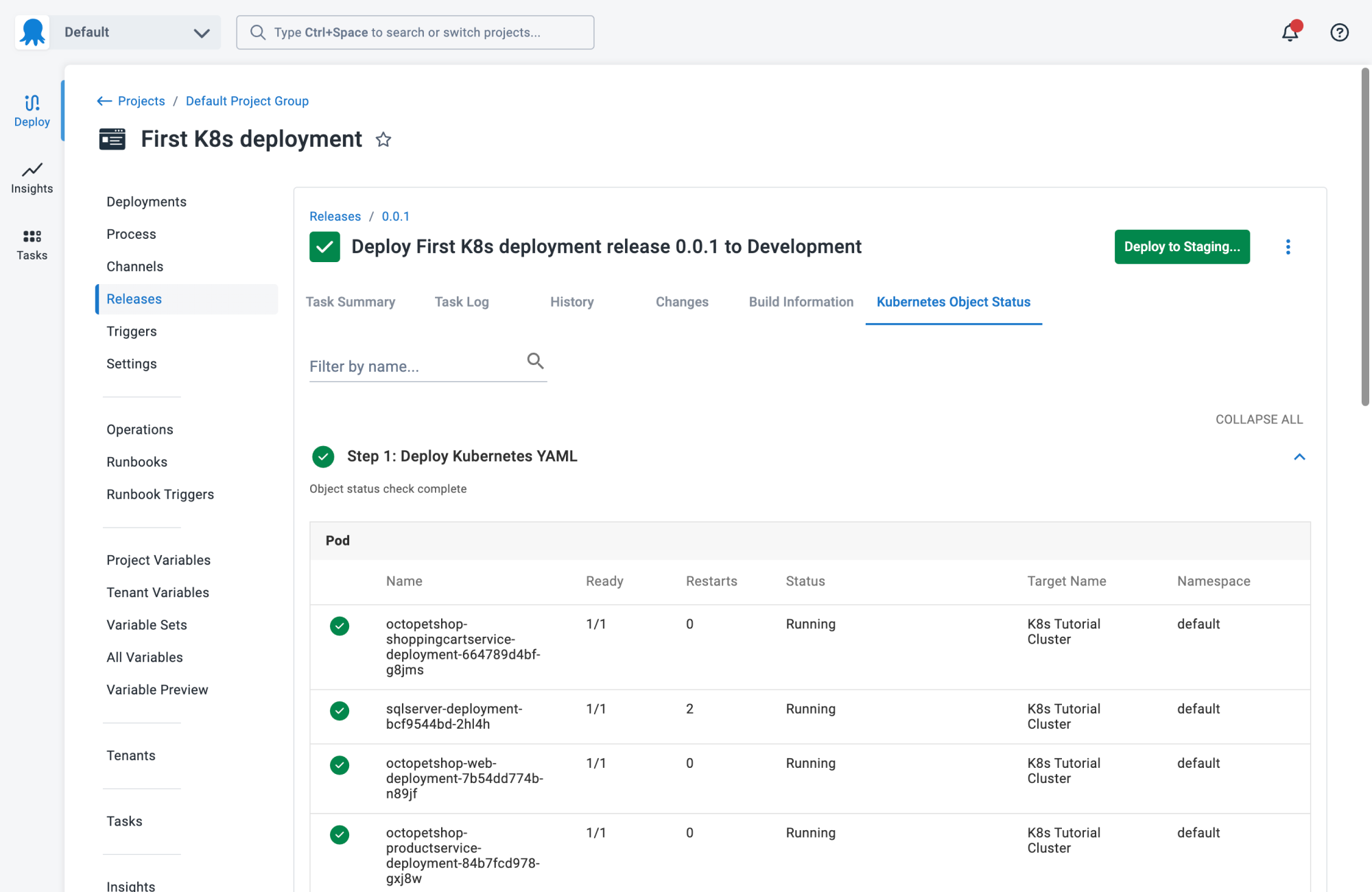
2. GitLab
GitLab CI/CD is a platform to automate and simplify the processes of Continuous Integration and Continuous Deployment. It helps development teams accelerate the delivery of secure software by automating the building, testing, packaging, and deploying of code. The tool supports workflows for both small teams and large organizations.
Key features:
- Pre-configured CI/CD templates: Uses built-in or custom templates to create pipelines.
- Merge trains: Ensures code in the main branch stays stable by automating the merging process for better collaboration.
- Parent-child pipelines: Breaks down workflows into smaller, more manageable parts.
- Automated security testing: Integrates security scanning tools like SAST and vulnerability scanning early in the development cycle.
- Progressive delivery and canary deployments: Deploys new changes gradually to minimize risk and validate new features with a subset of users.
![]()

Source: GitLab
3. Argo CD
Argo CD is a declarative, GitOps Continuous Delivery tool for Kubernetes. It automates the deployment and management of applications in Kubernetes by using Git repositories as the source of truth for defining the desired state of the application. By following the GitOps model, Argo CD allows teams to define, manage, and version control application configurations and environments.
Key features include:
- Declarative GitOps model: Uses Git repositories as the source of truth for application configurations and deployment states.
- Automated application deployment: Automates deployment to Kubernetes clusters based on the configurations stored in Git, syncing live states with the desired state.
- Support for multiple configuration management tools: Integrates with Kustomize, Helm, Jsonnet, plain YAML, and other custom configuration management tools.
- Multi-cluster support: Manage and deploy applications across multiple Kubernetes clusters from a central Argo CD instance.
- Single sign-on (SSO) integration: Supports various SSO authentication methods such as OIDC, OAuth2, LDAP, SAML 2.0, and integrations with GitHub, GitLab, and Microsoft.
![]()
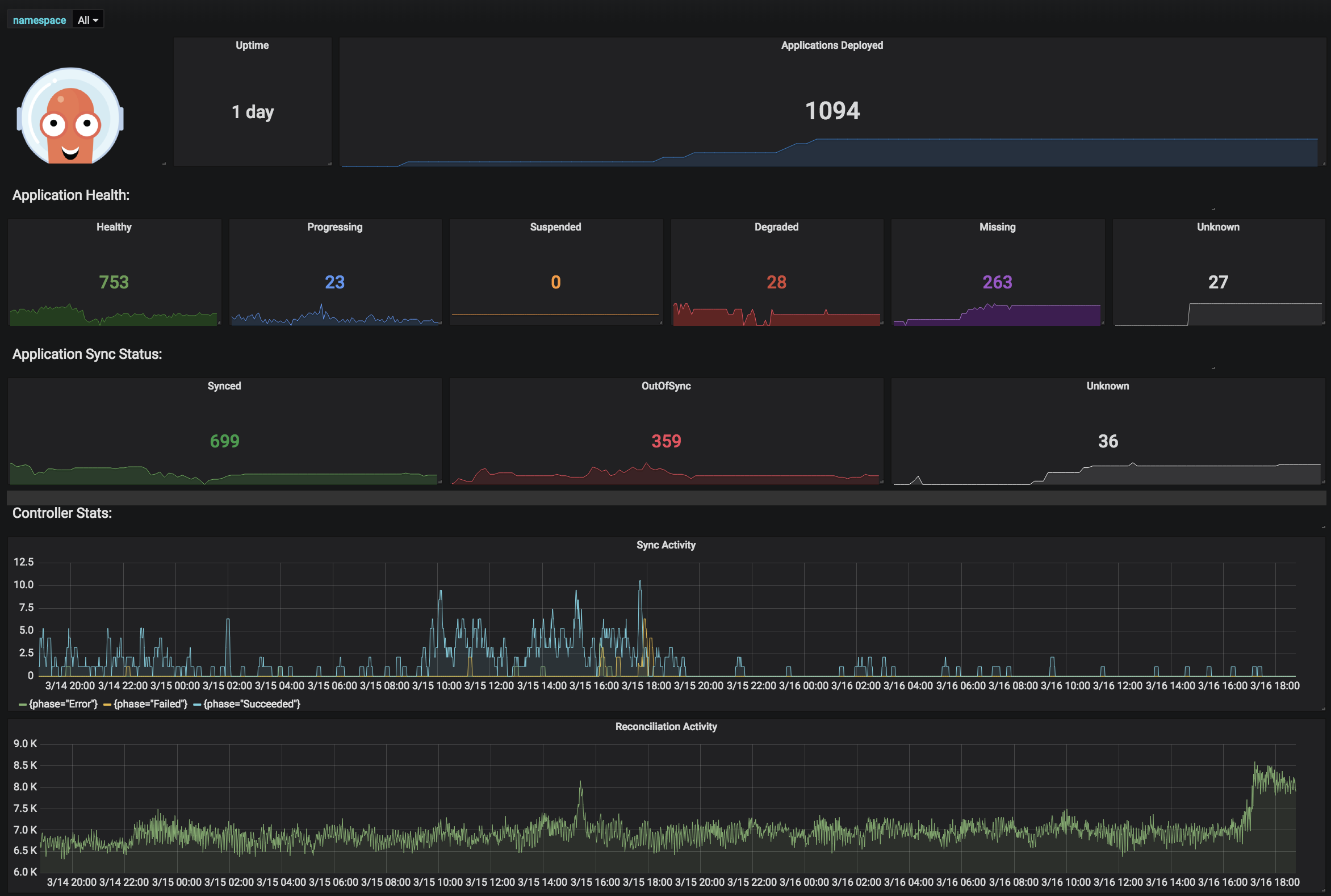
Source: Argo CD
4. Jenkins
Jenkins is an open-source automation server used to enable Continuous Integration (CI) and Continuous Delivery (CD) processes. It automates tasks related to building, testing, and deploying software, making it easier for developers to maintain code quality and release new features.
Key features include:
- Plugin ecosystem: Supports various plugins, extending its capabilities to different programming languages, version control systems, build tools, and bug databases.
- Automated builds and testing: Enables automatic triggering of builds based on webhooks, cron schedules, or other builds in the queue. It also supports automated testing, generating reports in various formats such as JUnit, NUnit, and MSTest.
- Extensible CI/CD pipelines: With the Pipeline plugin, allows users to define CI/CD workflows using a domain-specific language (DSL) based on Apache Groovy.
- Integration with version control systems: Integrates with version control tools like Git, Subversion, and Mercurial.
- Email notifications: Jenkins can send email notifications based on build events, including failed builds, successful recovery from failures, and unstable builds.
![]()
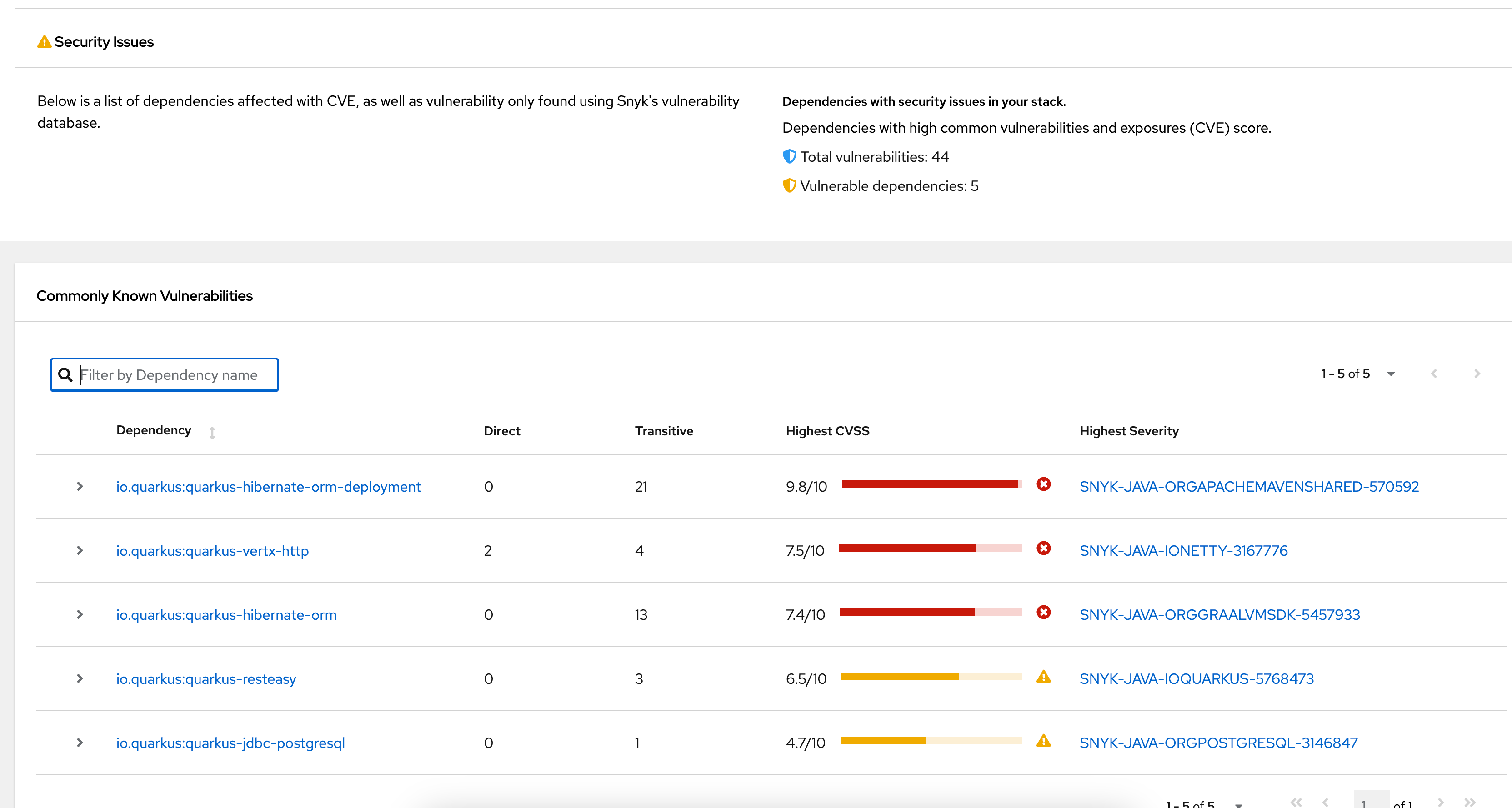
Source: Jenkins
Containerization and orchestration tools
5. Kubernetes
Kubernetes, also known as K8s, is an open-source container orchestration platform to automate the deployment, scaling, and management of containerized applications. Initially developed by Google and now maintained by the Cloud Native Computing Foundation (CNCF), Kubernetes allows users to manage workloads across clusters of virtual machines or physical servers.
Key features include:
- Container orchestration: Automates the management of containerized applications across multiple nodes.
- Control plane & nodes: Kubernetes architecture includes a control plane that manages the cluster and nodes that host the workloads (pods).
- Auto-scaling & load balancing: Automatically scales workloads based on defined metrics and balances network traffic to containers using services.
- Declarative configuration: Allows users to define application configurations and desired states.
- Persistent storage support: Integrates persistent storage options like Persistent Volumes (PVs) to retain data even if containers are terminated or rescheduled.
![]()

Source: Kubernetes
6. Docker
Docker is a platform for developing, shipping, and running applications using containerization technology. Docker automates the deployment of applications in lightweight containers, allowing them to operate in isolation while sharing the host system’s kernel. It provides an alternative to traditional virtual machines by using fewer resources.
Key features include:
- Docker engine: The core component that manages containers, enabling the creation, deployment, and operation of containerized applications.
- Docker CLI and API: Provides a command-line interface (CLI) and high-level API for interacting with Docker containers and managing containerized applications.
- Docker images: Read-only templates used to create containers, which can be shared and reused across different environments.
- Docker containers: Standardized, isolated environments for running applications, allowing applications to run consistently without the need for virtual machines.
- Docker compose: A tool for defining and running multi-container applications using a simple YAML configuration file.
![]()
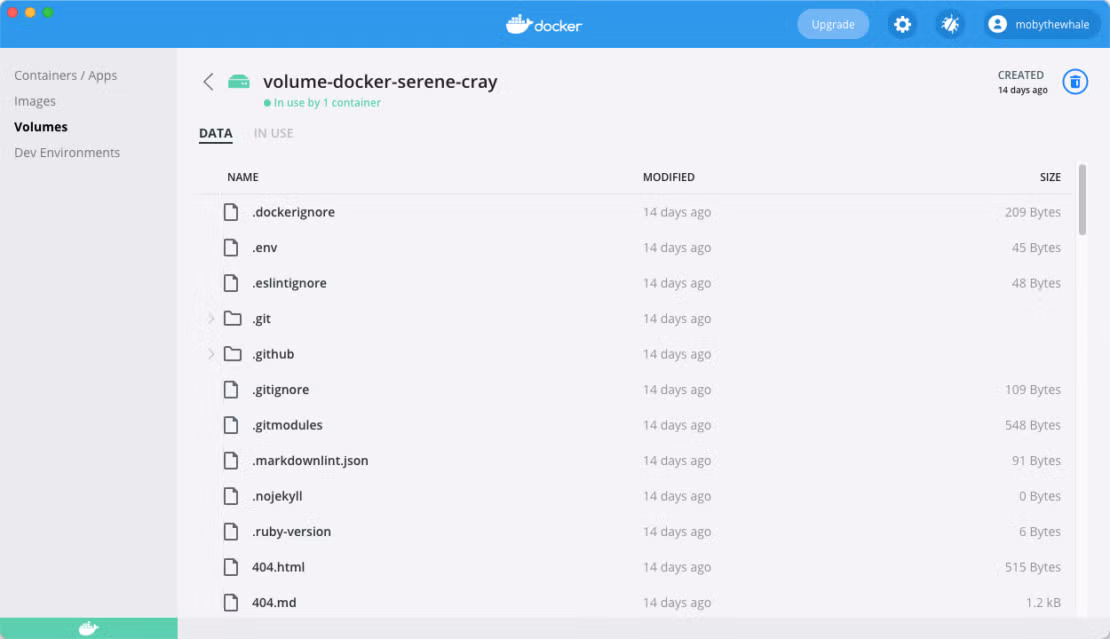
Source: Docker
7. Backstage
Backstage is an open-source framework for building developer portals that centralize and simplify software management. It helps teams organize their infrastructure by providing a unified software catalog, which enables product teams to ship code quickly without sacrificing autonomy.
Key features include:
- Software catalog: Centralizes software services in one place.
- Service ownership & metadata: Provides a uniform overview of all services, showing ownership details, dependencies, and related resources.
- Comprehensive software tracking: Not limited to services, tracks various software components, including libraries, websites, and ML models.
- Discoverability & accountability: Eliminates orphaned software by ensuring that all software is discoverable, traceable, and associated with the right teams and resources.
- Software templates: Simplifies new service creation with customizable templates that allow engineers to spin up microservices based on organizational best practices.
![]()
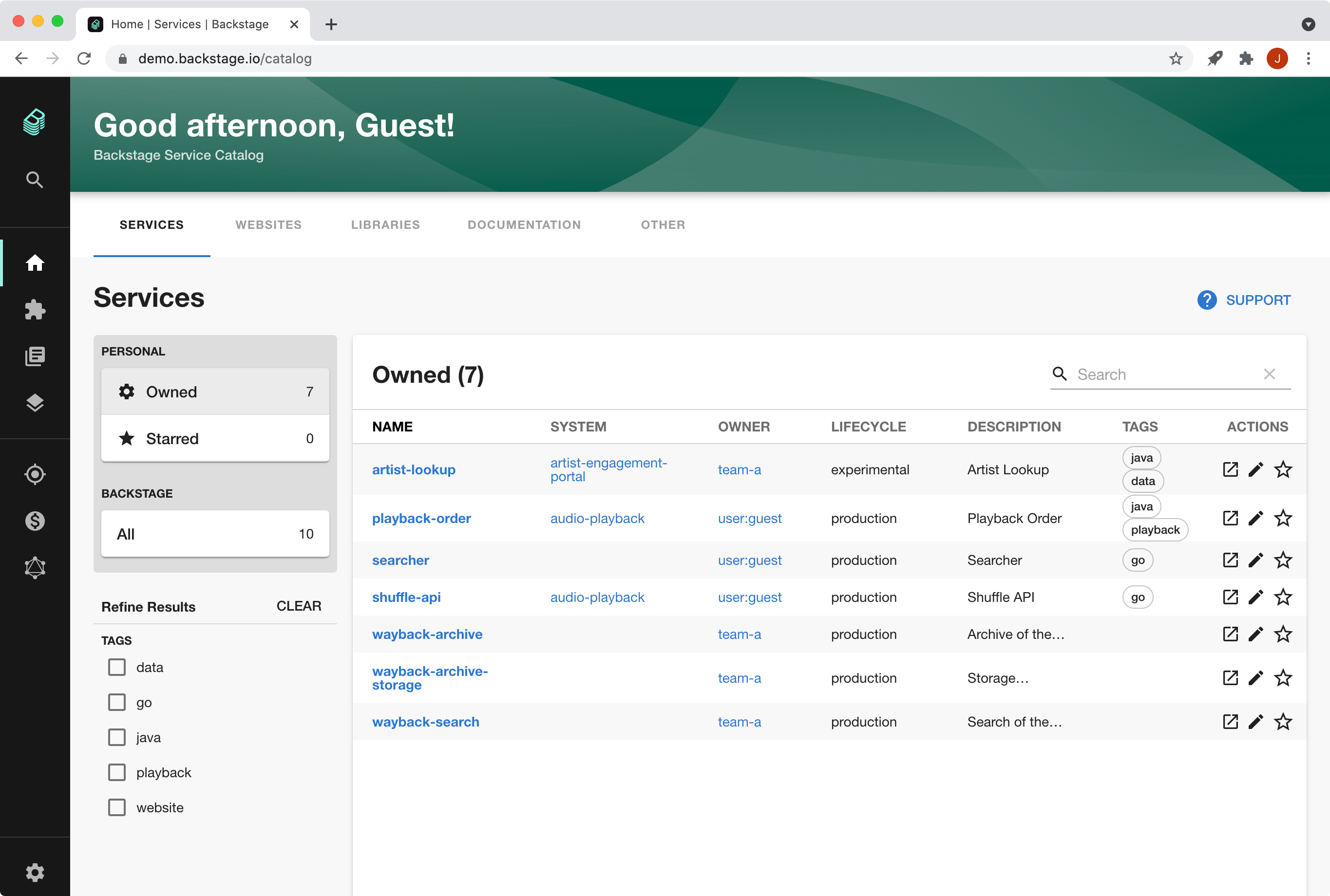
Source: Backstage
8. Humanitec
Humanitec is a Platform Engineering tool that enables organizations to build a backend that simplifies and centralizes infrastructure management. By using the Platform Orchestrator, infrastructure and operations (I&O) teams can manage the lifecycle of infrastructure at scale. Developer experience (DevEx) platform engineers can build interfaces on top of the platform.
Key features include:
- Platform orchestrator: A graph-based tool that allows I&O teams to manage infrastructure lifecycle at scale.
- Automation: Automates platform management tasks.
- Reduced configuration overhead: Minimizes the need for complex config files.
- Drive standardization: Establishes common standards and interfaces that I&O and DevEx teams can use to ensure consistency and reliability across infrastructure.
- Pre-configured resource packs: Provides pre-configured, tested reference architectures for popular cloud environments (AWS, GCP, Azure).
![]()
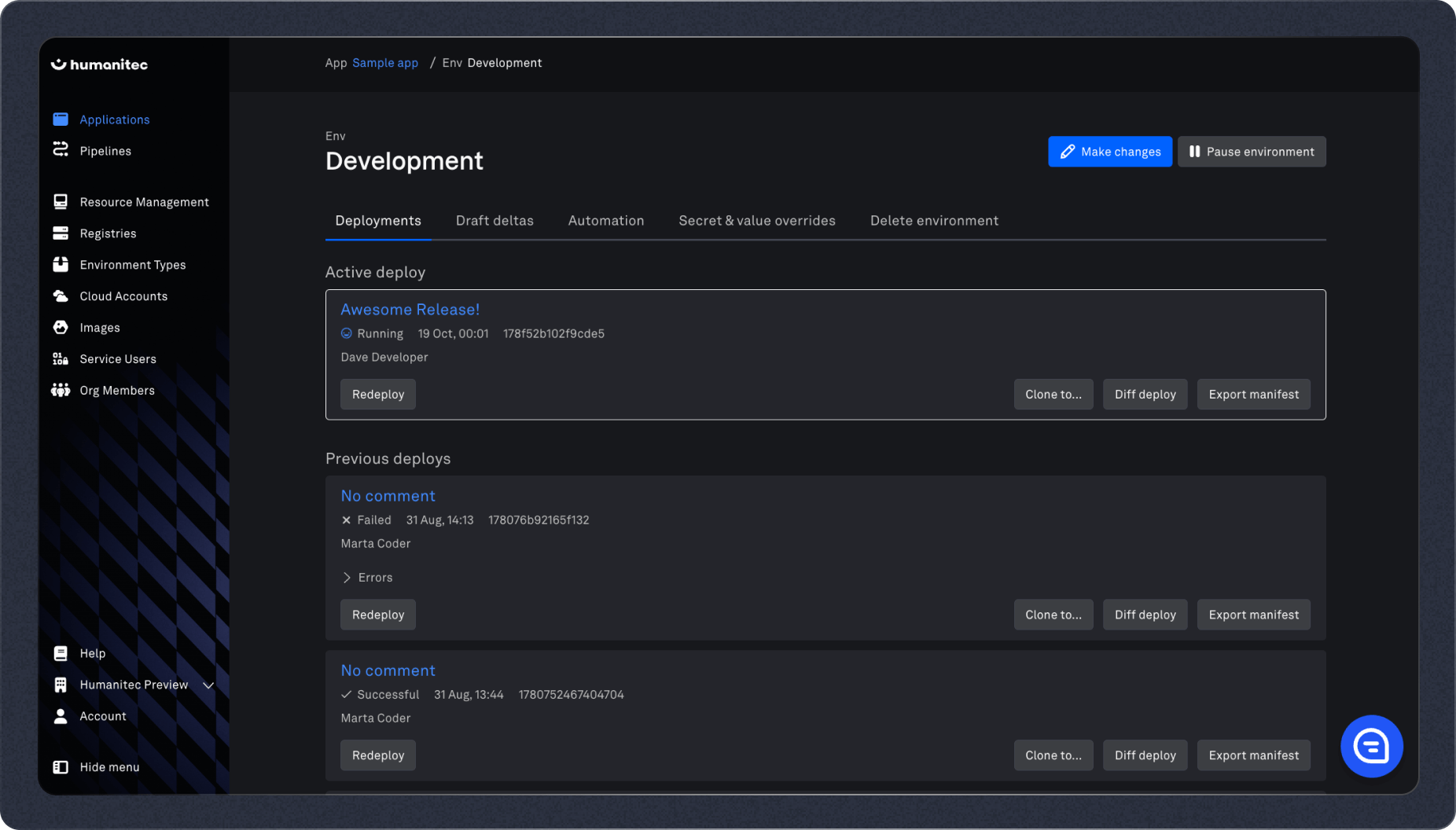
Source: Humanitec
9. OpsLevel
OpsLevel is an AI-enabled internal developer portal that helps engineering teams move faster while staying secure. By connecting critical data, simplifying workflows, and driving changes in the SDLC, it helps organizations to improve visibility across the software ecosystem.
Key features include:
- Software catalog: Automatically catalogs the software ecosystem, providing insight into all services, their owners, and their current states.
- Automated catalog enrichment: Continuously adds to the catalog with tech and API documentation, service ownership, and metadata.
- OpsLevel standards: Enforces software quality and compliance by automating health checks, setting clear standards, and providing insights into service performance.
- Developer autonomy: Grants engineering teams the autonomy to manage their services through self-service interfaces.
- Customizable components: Offers flexible component types to catalog the software ecosystem.
![]()
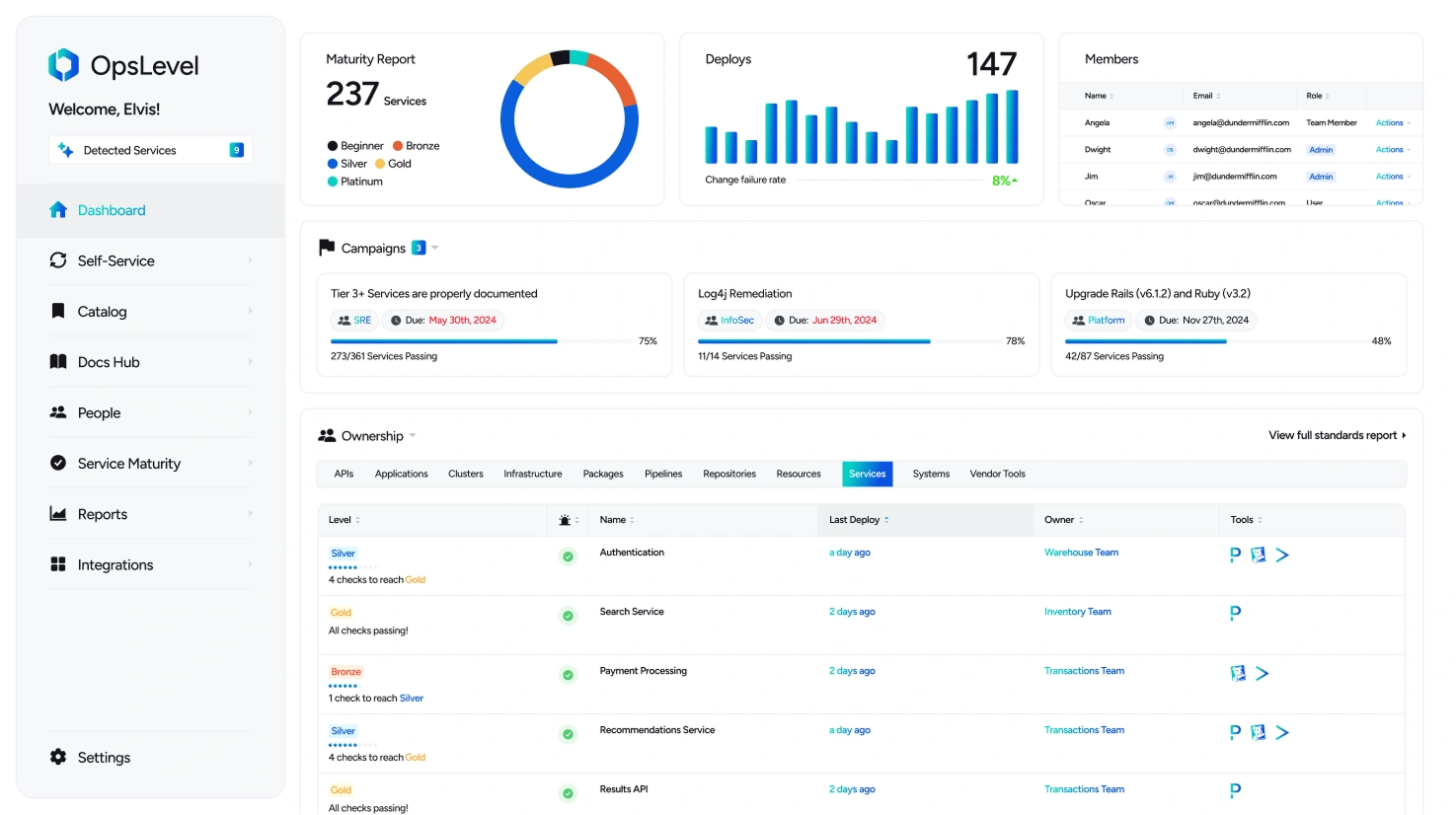
Source: OpsLevel
10. Terraform
Terraform is an open-source infrastructure-as-code (IaC) tool developed by HashiCorp that enables users to define and manage data center infrastructure using declarative configuration files. By using the HashiCorp Configuration Language (HCL) or optionally JSON, users can describe the desired state of their infrastructure, and Terraform will automatically provision, update, or manage resources to match that state.
Key features include:
- Infrastructure as code: Allows users to define infrastructure using declarative configuration files.
- Provider support: Integrates with a range of cloud providers and services, including AWS, Microsoft Azure, Google Cloud, Oracle Cloud, VMware vSphere, and OpenStack.
- Declarative configuration: Enables users to specify the desired end-state of their infrastructure, and the tool takes care of provisioning, updating, or destroying resources.
- State management: Keeps track of infrastructure state, allowing users to manage infrastructure.
- Modules for reusability: Infrastructure code can be written as modules, making it reusable across projects.
![]()
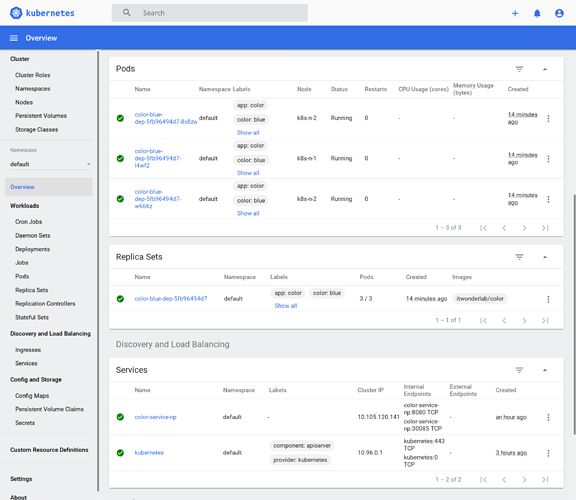
Source: HashiCorp
11. Ansible
Ansible is an open-source infrastructure automation tool that enables infrastructure as code for software provisioning, configuration management, and application deployment. Developed originally by Michael DeHaan in 2012 and acquired by Red Hat in 2015, Ansible helps IT teams automate tasks and simplify workflows without agents or additional software installations.
Key features include:
- Agentless architecture: Uses temporary SSH connections (or Windows Remote Management for Windows systems) to orchestrate tasks on nodes.
- Declarative playbooks: System configurations and tasks are defined in YAML-based playbooks, making them easy to write, read, and maintain.
- Modular design: Uses a range of built-in modules, which are scripts written in languages like Python, Ruby, or Bash.
- Cross-platform support: Can manage both Unix-like systems and Microsoft Windows.
- Inventory management: Uses human-readable inventory files (in INI or YAML format) to manage target nodes.
![]()
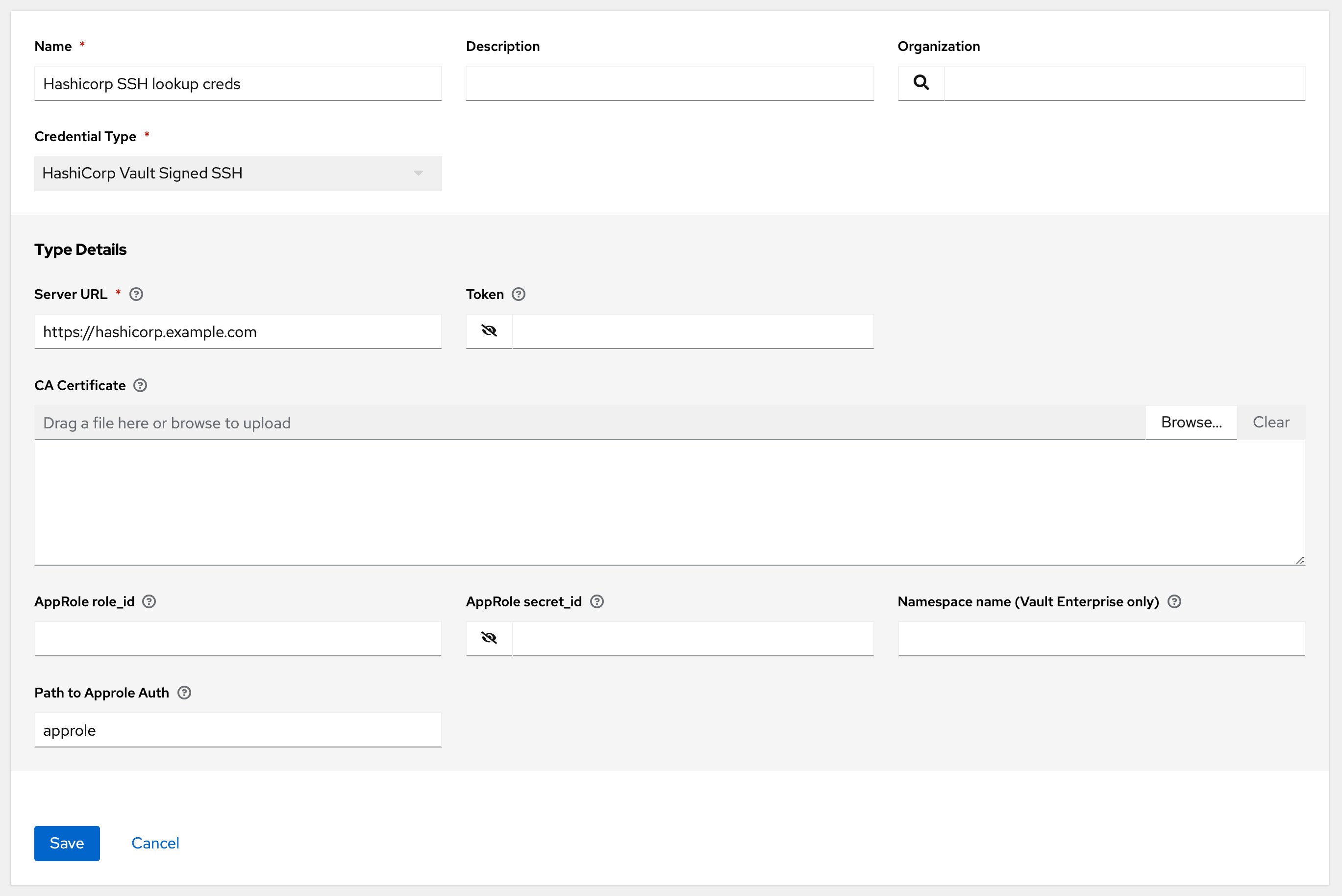
Source: Ansible
12. Pulumi
Pulumi is an open-source IaC tool that allows developers to define and manage cloud infrastructure using familiar programming languages. Unlike traditional declarative configuration tools, Pulumi enables users to write infrastructure code in languages like TypeScript, Python, Go, C#, Java, and YAML.
Key features include:
- Multi-language support: Allows developers to use languages they are already familiar with, including TypeScript, JavaScript, Python, Go, C#, Java, and YAML.
- Cloud and service provider integration: Supports over 170 providers, including AWS, Azure, Google Cloud, and Kubernetes.
- Reusable components: Users can create higher-level abstractions for cloud architectures using Pulumi Packages.
- Crosswalk for AWS: Provides pre-built abstractions for well-architected AWS infrastructure.
- Cloud-native support: Helps manage cloud infrastructure and Kubernetes resources within a single workflow.
![]()
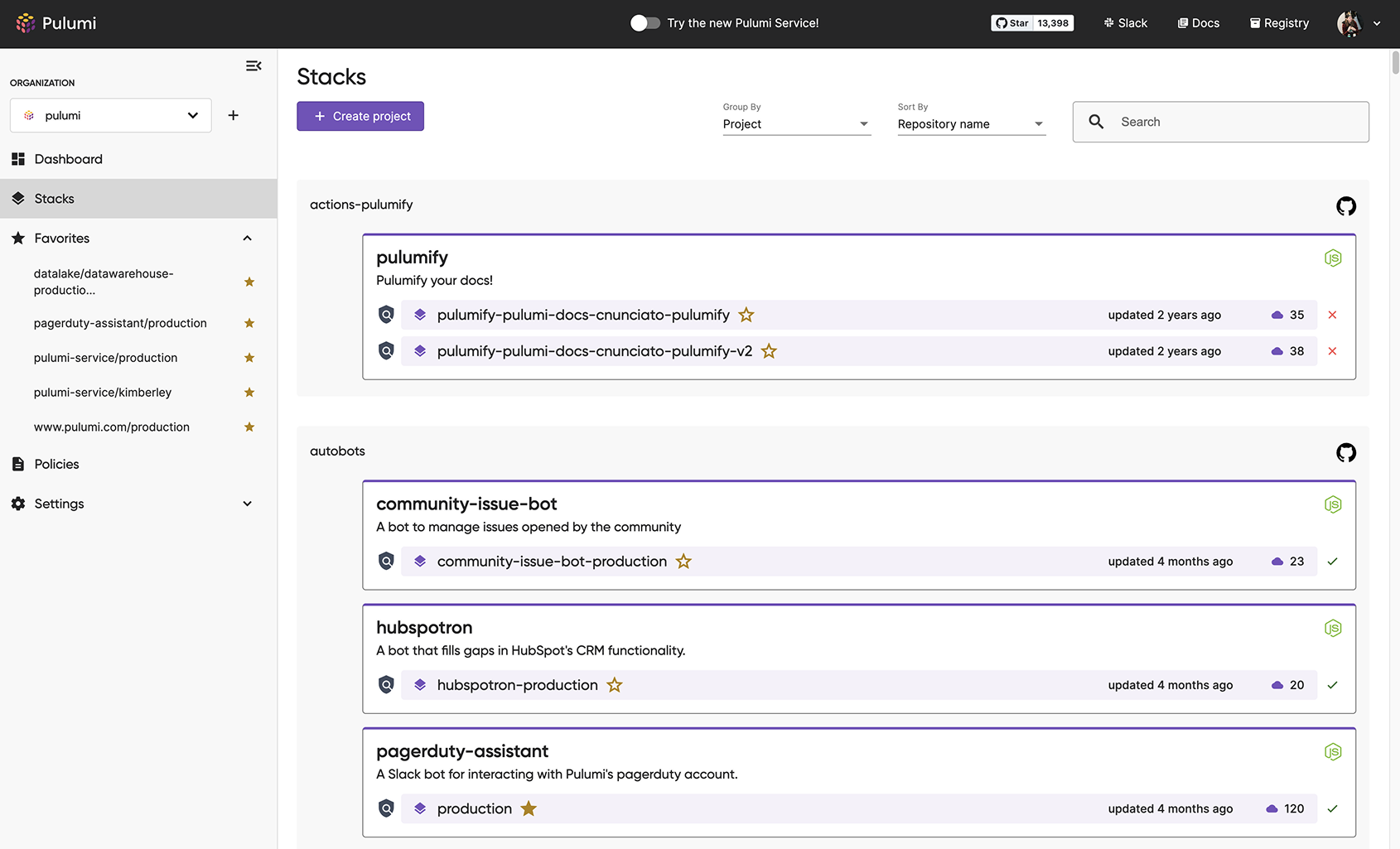
Source: Pulumi
Conclusion
Platform Engineering tools are essential for organizations seeking to build and manage internal developer platforms that empower their teams to develop and deploy software more efficiently and effectively. They simplify workflows and improve developer experience while also helping establish robust, scalable, and secure infrastructure practices. As engineering organizations grow in complexity, these tools will continue to be important.
Help us continuously improve
Please let us know if you have any feedback about this page.

